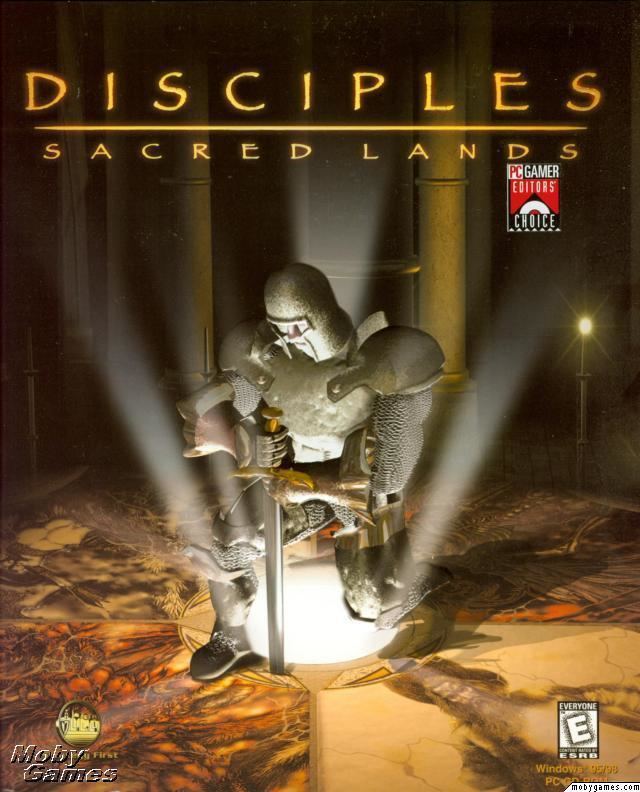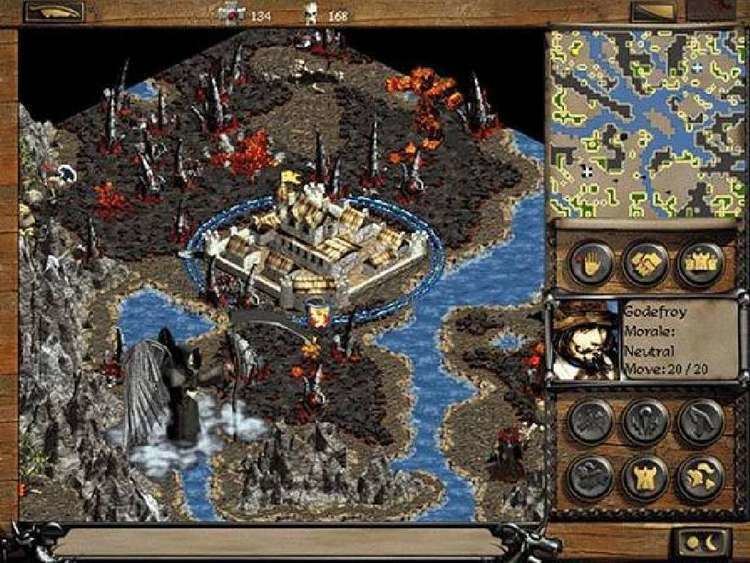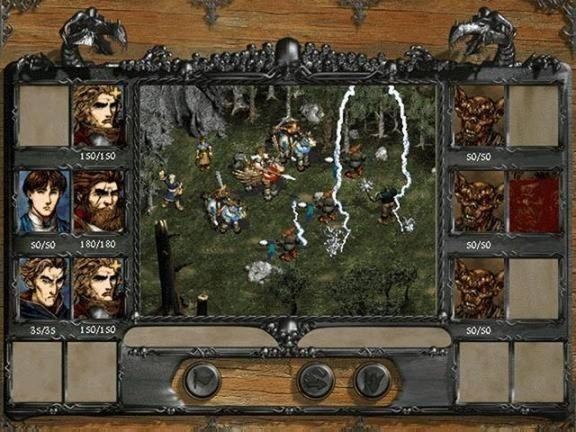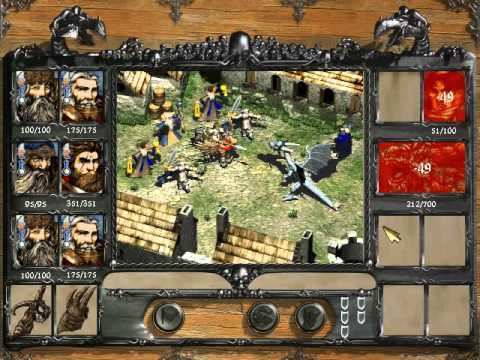8 /10 1 Votes
4.2/5 GOG Release date(s) October 4, 1999 Series Disciples | 7/10 Steam 8.5/10 IGN Initial release date 4 October 1999 Designer Danny Bélanger | |||||||||||||||||||||||||||||||||
 | ||||||||||||||||||||||||||||||||||
Publisher(s) GT Interactive Software Mode(s) Single-player, multiplayer Similar Disciples games, GT Interactive games, Turn-based strategy games | ||||||||||||||||||||||||||||||||||
Disciples sacred lands introduction
Disciples: Sacred Lands is a turn-based PC strategy game published by Strategy First in 1999. Set in a fantasy world known as the Sacred Lands, it depicts a battle for dominance between four races of the world of Nevendaar: The Empire (humans), the Mountain Clans (dwarves) the Legions of the Damned (demons), and the Undead Hordes (undead).
Contents
- Disciples sacred lands introduction
- Disciples sacred lands mountain clans conquer undead hordes capital
- Gameplay
- References

Disciples sacred lands mountain clans conquer undead hordes capital
Gameplay
Gameplay consisted of three major components: The Capital City, where the player recruited units, constructed buildings, and researched spells, The Adventure Map, where the player led Heroes and their parties to explore the land, and the Battle Screen, where battles were fought whenever hostile parties met on the adventure map.

The game has many similarities between Heroes of Might And Magic series; like having a leader, creature slots, city improvements, adventure map with resources and hostile creatures along with the turn-based gameplay.
Key characteristics of Disciples:

Disciples: Sacred Lands has a sequel with similar gameplay elements, Disciples II: Dark Prophecy.
